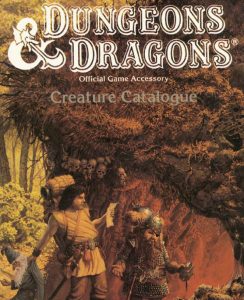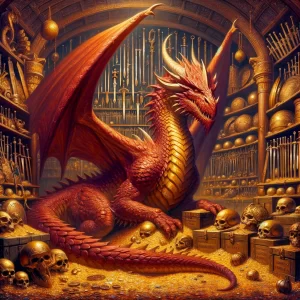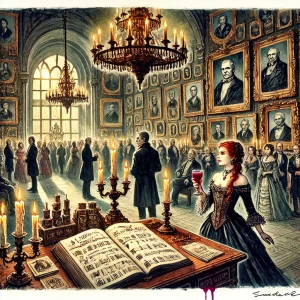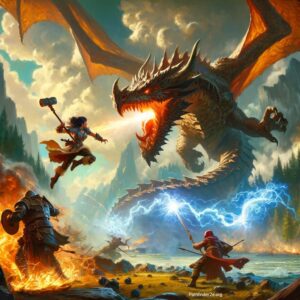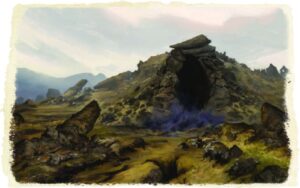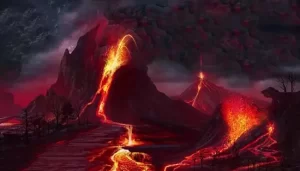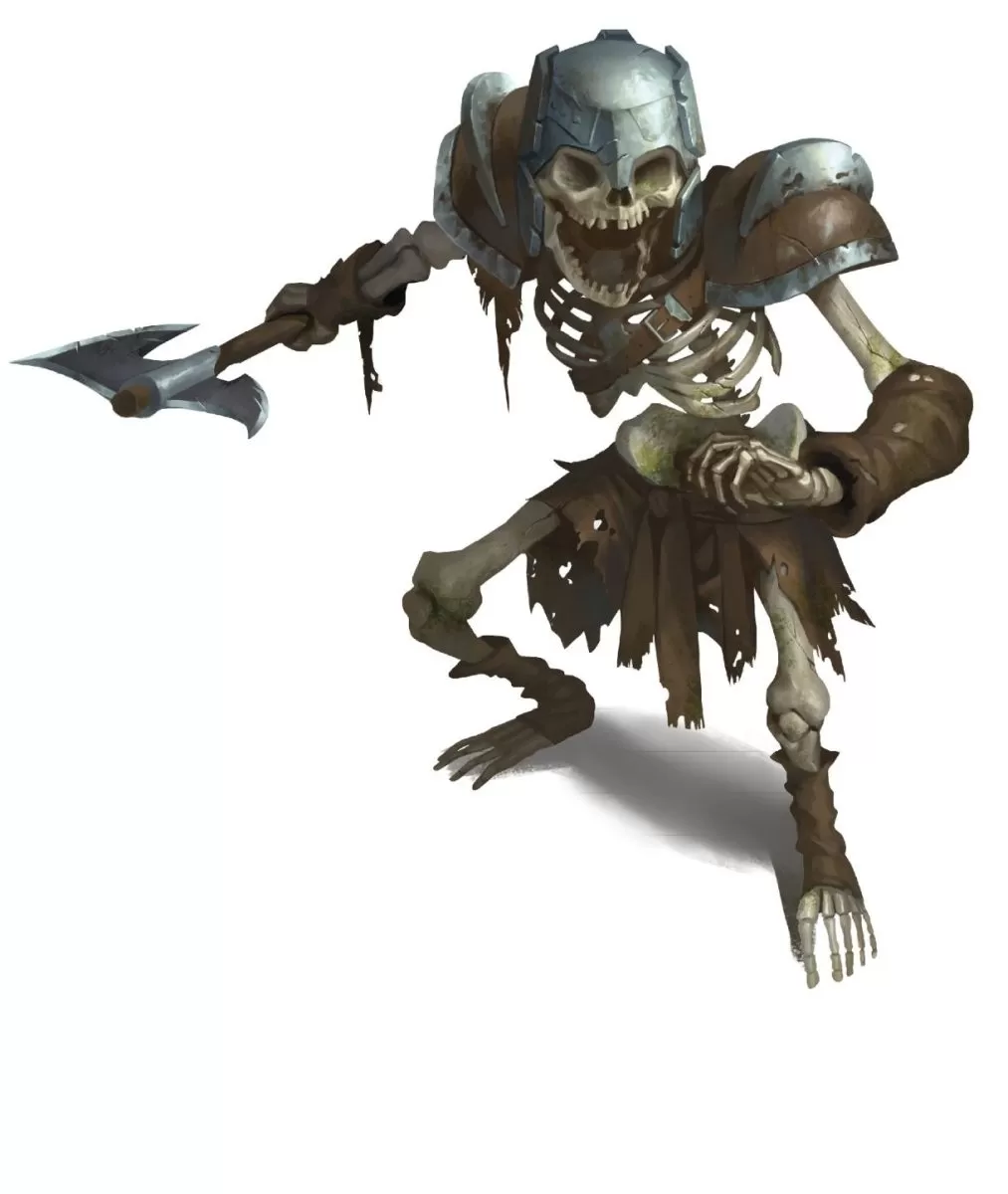
The rattle of bone on bone, the clack of untethered jaws: these are the rhythm and the metronome of the undead hordes. Ensorcelled remains, animated beyond their time, stand to attend a new master, caring not whoever it may be, for they are legion, a mass of the mindless. They wait, infesting the warrens of the destitute, the cellars of ancient places, and bowels of the world - a ready army for those with the stomach and the will. Skeletons are among the most commonly encountered undead, being simple to create and able to reliably carry out instructions (many free-willed undead will seek to carry out their own agendas, while mindless ones can be easily distracted by living flesh).
While a skeleton does not require flesh in order to move, being animated entirely magically, a lack of flesh is not a requirement. Though certainly not the norm, and requiring unorthodox magics, even the recently dead can have their skeletons animated, heaving their soft tissues along with them until they eventually rot and slough away, revealing the walking bones beneath. The tell-tale sign of a skeleton is the dim, glowing light within the eye sockets, betraying the magic which knits the bones together.
Skeletons are, in essence, specialised magical automata. The spells required to create them resemble those used to animate objects more than those that raise the dead. The difference lies in the fact that magically animated skeletons use the residual energies left in the bones to power the spell, putting their creation firmly in the camp of necromancy. The spells animating the skeleton replace the tendons and muscles needed in order to move, so centuries-old bones have just as much mobility as those still knitted together with gristle. While perhaps more robust than living tissue, the effect is not indestructible and, should the skeleton sustain enough damage, the forces holding the bones together will cease doing so.
Though usually the case for simplicity's sake, the bones do not strictly need to be from the same individual or species. 'Bone memory', while a somewhat muddy and esoteric field of magical theory, suggests that some imprint of reflexes and practiced actions remains dormant in the bones after death, meaning the bones of a soldier will be marginally more suited to martial work, for example. This is another reason necromancers typically raise the skeleton of an individual, though the disparate bones of those with similar life experiences will create a cohesive whole as well.
If the necromancer can imagine it, and coax the magic to animate them in a plausible way, skeletal colossi can be created from an amalgam of different parts. However, such creations are rare; the movements necessary to cause a humanoid form to walk and fight come without thought to the average spellcaster, but working out how to move a pile of mismatched bones without it tripping over its own feet requires an expert's understanding of the craft. Lastly, skeletons may also spontaneously arise in areas of necromantic energy and, having no master, will instinctively seek to destroy any living creature which comes into their vicinity. These skeletons are likely the ones found in ancient crypts and otherwise-uninhabited locales.
Skeletons, having no real mind or free will of their own, have little effect on their environment, and have no preference of location beyond their master's orders. Until animated, they are simply bones like any other and will be found wherever they have fallen or been interred. The ideal use for a group of skeletons is as a source of free, dependable labor, so they are often employed towards dangerous, repetitive, or time-consuming work. Such skeletons might dig for minerals necessary for a ritual, construct dark temples, or simply act as undead pack animals.
Skeletons have little initiative of their own and will follow whatever instruction they were last given by their master to the letter. Their lack of flexibility in their thinking can easily be exploited, and the experienced necromancer knows better than to allow for any room for interpretation in their orders. Without specific instruction, 'bone memory' takes over, and a skeleton will pantomime common actions from its life. If a skeleton is made up of the bones of many different individuals, these actions can be difficult to interpret as each bone attempts to drive its own movement.
Skeletons exist to serve, and so will fight with no heed to their own safety, and will attack relentlessly to destroy the living. Their reliance on orders, however, can be something of a hindrance if they are required to do more than this. Even simple teamwork and cooperation to defend their allies and strike in a coordinated fashion is beyond the ability of a skeleton acting without instruction.
For this reason, the manner in which a skeleton fights can tell the enemy a great deal about their master. Skeletons who attack wildly were likely raised for non-combat purposes, or perhaps by an unskilled tactician (or were stationed in an area their master did not expect to be attacked). Should a group of skeletons adopt formations and defend themselves tactically, they are likely under the control of one with at least some level of martial strategy.
